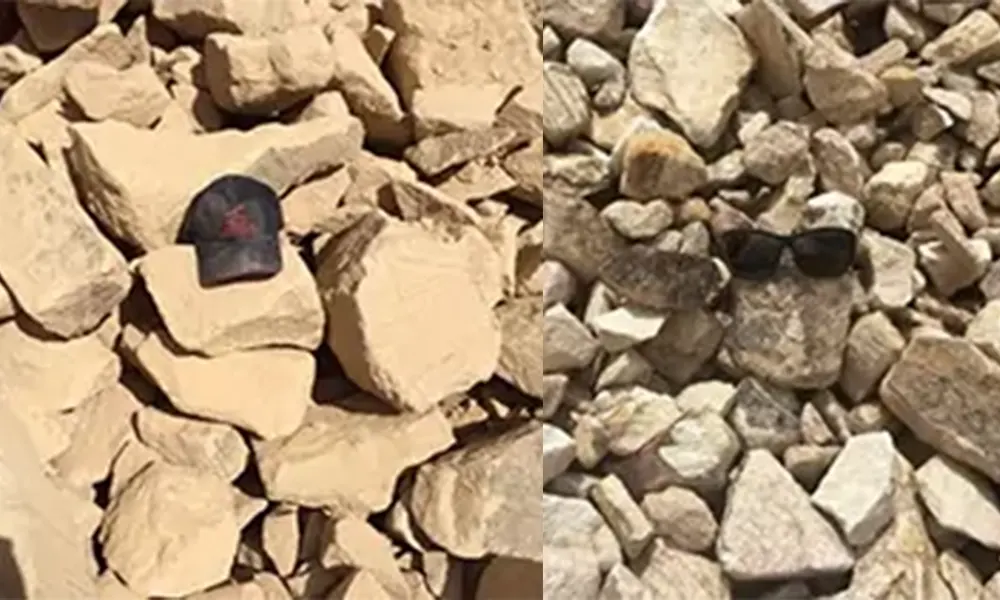
Have you ever found yourself staring at a mountain of rubble after a demolition project, wondering how you’re going to manage it all? You’re not alone.
Dealing with “Rubble Manhandleables” is a common challenge for DIY enthusiasts and contractors alike. But with the right approach, you can tackle this task efficiently and safely.
This blog post will guide you through essential tips and techniques for handling rubble, ensuring a smooth cleanup process that prioritises safety and efficiency.
What are Rubble Manhandleables?
Rubble Manhandleables refer to the debris left over from demolition or renovation projects, including materials like broken concrete, bricks, wood, drywall, and metal.
These materials are often heavy, awkward, and bulky, making them difficult to manage without the right approach.
While they might seem like simple waste, proper handling and disposal are essential to avoid accidents and ensure an efficient cleanup process.
Why This Matters?
Managing Rubble Manhandleables can present a variety of challenges if not approached correctly:
- Safety Hazards: Rubble often has sharp edges and heavy pieces, increasing the risk of injury, such as cuts, bruises, or strains. Without proper protective gear, accidents are more likely to occur during handling.
- Disposal Dilemmas: Different types of debris, such as concrete, metal, and wood, need to be disposed of separately according to local regulations. Improper disposal can lead to fines or environmental issues, making it essential to understand how to properly get rid of each material.
- Labour-Intensive Cleanup: Removing rubble can be a physically demanding and time-consuming task. Without the right tools—such as wheelbarrows, shovels, and lifting aids—the process can become frustrating and inefficient, especially for large volumes of debris.
Handling rubble with care and the right strategies can make the task less overwhelming, more organised, and safer.
DIY Tips for Handling Rubble Manhandleables
1. Safety First: Protect Yourself and Your Surroundings
- Wear Protective Gear: Always use gloves, safety glasses, and sturdy footwear to avoid injury.
- Use a Dust Mask: Especially when dealing with drywall or concrete, as dust can irritate your lungs.
- Clear the Area: Keep your work area free of clutter to prevent accidents and ensure you can move debris safely.
2. Sort and Organise: Make Cleanup Easier
- Separate Materials: Sort rubble into piles of wood, metal, and concrete. This makes disposal easier.
- Recycling Options: Check with local recycling services to see if bricks or concrete can be reused.
- Proper Disposal: Follow local rules for debris disposal to avoid fines and ensure eco-friendly practices.
3. Use the Right Tools: Equip Yourself for Success
- Wheelbarrow: Essential for moving heavy loads efficiently.
- Shovel: Ideal for scooping up loose debris.
- Pry Bar: Helps break apart large chunks of wood or concrete.
- Hammer and Chisel: For more detailed work, a hammer can break down rubble into smaller pieces.
4. Break Down Big Debris: Smaller Is Easier to Manage
- Start Small: Don’t try to lift large pieces of debris—break them down into smaller, manageable chunks first.
- Use a Sledgehammer: For larger concrete or masonry, a sledgehammer will help you break pieces apart with ease.
- Be Patient: Breaking down rubble takes time, but it will make handling much easier.
5. Use Proper Lifting Techniques: Save Your Back
- Lift with Your Legs: Always bend at your knees and use your legs to lift, keeping your back straight.
- Get Help: When dealing with especially heavy or bulky items, ask a friend or partner for assistance.
- Use Lifting Straps: If available, lifting aids like straps or slings can help reduce strain and make lifting safer.
6. Transporting Rubble: Work Smart, Not Hard
- Wheelbarrow: Your best friend for hauling debris to disposal areas.
- Tarps or Sheets: Lay down a tarp to collect and transport smaller pieces.
- Professional Help: For larger projects, hiring a professional service to remove rubble may be worth the cost.
7. Responsible Disposal: Where Does It All Go?
- Follow Local Regulations: Always check local rules for debris disposal, as some materials may require special handling.
- Recycling Possibilities: Consider recycling items like bricks or metal, reducing waste and saving on disposal costs.
- Professional Services: Contact a waste management company to handle larger amounts of debris.
Conclusion: Taming the Rubble Beast
Dealing with Rubble Manhandleables may seem daunting, but with the right tools, techniques, and safety measures, it doesn’t have to be overwhelming. From sorting and breaking down debris to responsible disposal, following these DIY tips will make the process smoother and more manageable.
Remember, proper planning, the right equipment, and a little elbow grease can make all the difference. At Elite Sandstone, we bring aesthetic value to your home and property.
If you’re looking for top-quality sandstone for your next project or need professional advice, contact us today.
Let us help you handle your project with ease and professionalism!
Frequently Asked Questions
No, it’s usually against local regulations. Check your area’s disposal rules to avoid fines.
Handle with care and dispose of them separately. Most local councils have specific guidelines for hazardous materials.
Never handle asbestos on your own. Always hire a licensed asbestos removal professional to safely manage and dispose of it.